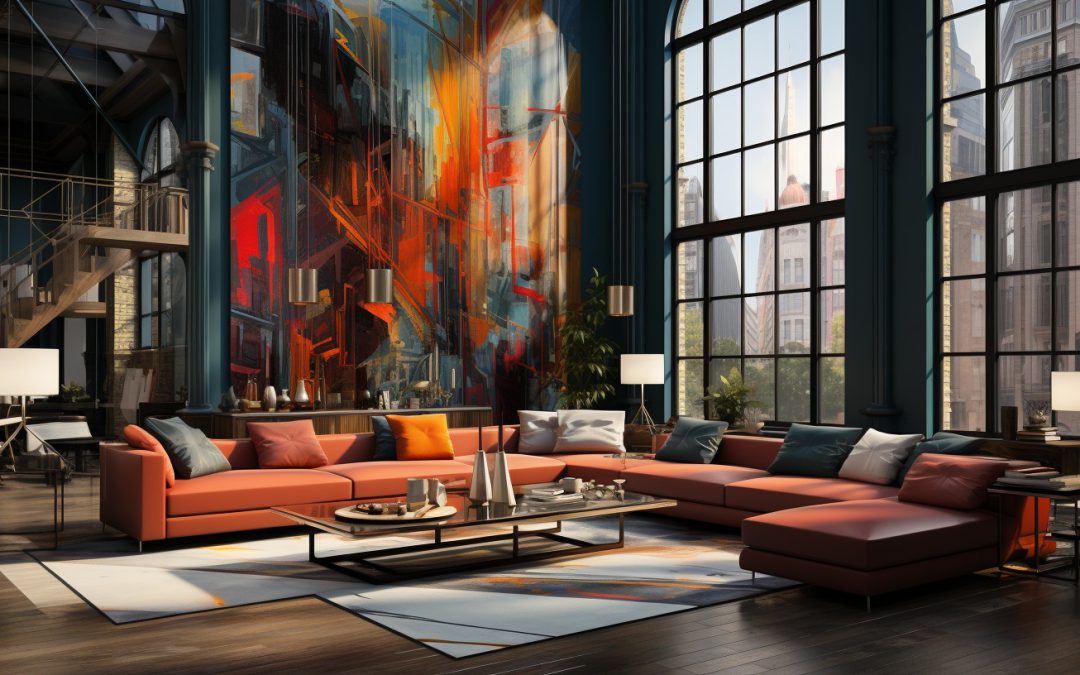By Emanuel Maia
Dean, School of Creative Practice
Pearl Academy
The Artificial Intelligence (AI) revolution has permeated several sectors of the economy, and interior design is no exception. With the growing demand for professionals trained in AI design and other skills, higher educational institutions have the challenge of preparing their students for this new reality. In this backdrop, it’s natural to wonder how the role of perception psychology and materials engineering would shape up, going ahead.
For students and parents of prospective students, it is essential to recognize that interior design education is rapidly evolving. The incorporation of AI, along with a deep understanding of the psychology of perception and materials engineering, is preparing the next generation of designers to create more innovative, sustainable and user-centric environments. Of course there are also the obvious benefits of greater creativity, efficiency, impact, innovation and also customization.
While recognising the importance of AI in interior design, higher education institutions and AI Design universities have incorporated disciplines that address advanced modeling, simulation and optimization techniques into their curricula. These tools allow designers to create more efficient, sustainable and personalized environments, meeting the specific needs of each client. But before we deep dive further, lets explore the nuts and bolts of the psychology of perception and its impact.
Psychology of Perception: Understanding the User
The psychology of perception is fundamental to understanding how human beings interact and interpret spaces. AI, by incorporating these principles, can predict how people will feel in certain environments, optimizing the design to provide more pleasant and functional experiences. For example, by understanding how light affects mood, or how certain colors can influence the perception of space, AI-equipped designers can create interiors that not only look good, but also evoke desired emotions.
In fact, a recent report by Market Research Future bats for big growth in the interior design industry with AI deployment and smart usage. This report states that the global AI in the interior design market is projected to reach a valuation of over $2.6 billion by 2027, with a compound annual growth rate (CAGR) of approximately 18.5% from 2020 to 2027. A study conducted by the Harvard Graduate School of Design found that the integration of AI in the design process increased user satisfaction rates by 15% in comparison to traditional methods.
Materials Engineering: Creating Innovative Spaces
Materials engineering plays a crucial role in implementing innovative designs. With AI, it is possible to simulate the behavior of different materials in different conditions, allowing designers to choose the most suitable ones for each project. In addition, AI can help discover and develop new materials that are more sustainable, durable and adaptable, revolutionizing the way we build and decorate our spaces.
Therefore, when choosing a course or university, it is vital to look for programs that offer an integrated approach, combining technology, science and art. After all, the future of interior design promises to be as exciting, as it is revolutionary.












